mobile View, to the German Version tap the flag
![]()

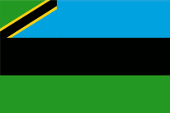

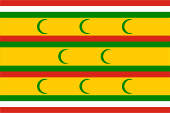
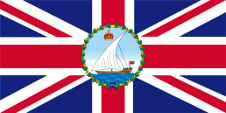
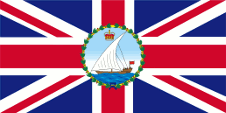
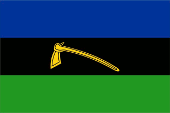
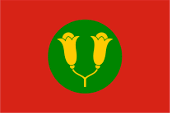
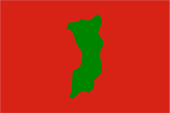
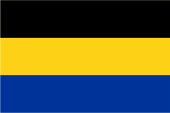
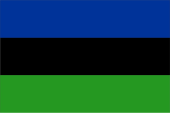
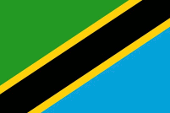
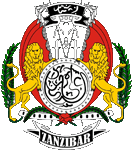
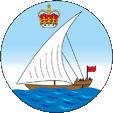
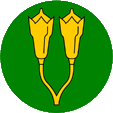
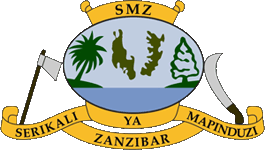
Antiquity · settlement by Bantu tribes (Hadimu, Tumbatu)
8th–15th cent. · Zanzibar is a often visited target of Arabian and Persian merchants, establishment of trade stations, islamization, Arabian settlement
28th of January 1499 · the Portugese seafarer Vasco da Gama visits Zanzibar
1503 · the Portugese establish a trade station and begin to rule over the island and also over the whole African eastern coast
1698 · Arabs on behalf of the Sultan of Oman conquer the island and banish the Portugese from the island and until 1728 from the whole African eastern coast except Mozambique
1730 · the Island of Zanzibar becomes officially annexed by the Sultanate of Oman – like the whole African eastern coast between Cape Delgado and Mogadishu, Zanzibar becomes a centre of the slave-trading and succumbs to a growing Arabian influence
1818 · the Sultan of Oman introduces the clove
1830 · (by other sources in 1832 or even 1824) Sultan Seyyid Said of Oman transfers its residence from Masquat to Zanzibar, immigration of further Arabs
1856 · death of the Sultan, in result of British pressure division of the country (division of the dynasty in two lines) in the Sultanate of Oman and the Sultanate of Zanzibar
6th of April 1861 · the Sultanate of Zanzibar (the islands of Zanzibar, Pemba, Lamu, Manda, Patta inclusive the whole African eastern coast between Cape Delgado and Mogadishu) separates officially from Oman, becomes an independent state and is immediately recognized by United Kingdom, growing British influence
1873 · United Kingdom prohibits the slave-trading in the Sultanate of Zanzibar
1884 · the German East African Colonial Company acquires territories in the hinterland of the Zanzibarian coast of Africa
17th of February 1885 · the German Empire proclaims its protectorate over the Sultanate of Zanzibar
1st of November 1886 · German-British agreement, the territory of the Sultanate of Zanzibar becomes defined: the islands of Zanzibar, Pemba, Lamu, Manda, Patta, a 12 miles broad coastal stripe of the African eastern coast between Cape Delgado and Kipini as well as the places of Kismaayo, Baraawe, Merka, Mogadishu and Warshiikh
1887 · the Sultanate of Zanzibar leases the African eastern coast near Kipini to the British Imperial East African Company
1888 · the Sultanate of Zanzibar leases the coast between Cape Delgado and the British territories to the German East African Colonial Company
28th of October 1890 · the Sultanate of Zanzibar sells the coast between Cape Delgado and the British territories for 4 millions of Mark to the German East African Colonial Company
1st of July 1890 · Heligoland-Zanzibar Treaty, the German Empire renounces its protectorate over Zanzibar, in countermove acquisition of the island of Heligoland from United Kingdom and the ceding of German Witu (in the today’s Kenya, appropriated in 1885) to United Kingdom
1st of August 1890 · the Sultan of Zanzibar prohibits once more the slave-trading
5th of August 1890 · British-French Treaty, approval of France to the planned acquisition of Zanzibar by United Kingdom
7th of November 1890 · United Kingdom establishes its protectorate over the Sultanate of Zanzibar, the Sultans of Zanzibar reign henceforth on behalf of the British crown which is represented by a British Resident in Zanzibar
1892 · the Sultanate of Zanzibar leases its remained possessions at the Somali Coast (Kismaayo, Baraawe, Merka, Mogadishu and Warshiikh) to Italy
1st of July 1895 · the hitherto by United Kingdom leased African eastern coast near Kipini becomes a British protectorate (British East Africa [Kenya])
1906 · the Sultanate of Zanzibar sells Kismaayo, Baraawe, Merka, and Warshiikh to Italy
1924 · the Sultanate of Zanzibar sells Mogadishu to Italy
1957 · United Kingdom grants limited autonomy
24th of June 1963 · United Kingdom grants self-rule
10th of December 1963 · the Sultanate of Zanzibar becomes independent and a member of the Commonwealth
12th of January 1964 · Revolution, overthrow of the Sultan, Zanzibar becomes a people’s republic, massacres on the Arabian population, even in January takes place a coup d’état, the Afro-Shirazi Party comes into power
27th of April 1964 · the People’s Republic of Zanzibar unites with the Republic of Tanganyika to the "United Republic of Tanganyika and Zanzibar"
29.10.1964 · rename in "United Republic of Tanzania"
1965 · introduction of one-party-sytem (Afro-Shirazi Party)
October 1995 · first free elections in Zanzibar since 30 years
since 2000 · grow strong of the islamistic shaped independence movement which advocates a separation from Tanganyika
Source:
Atlas zur Geschichte,
World Statesmen,
Wikipedia (DE),
Wikipedia (EN),
Volker Preuß
![]()
